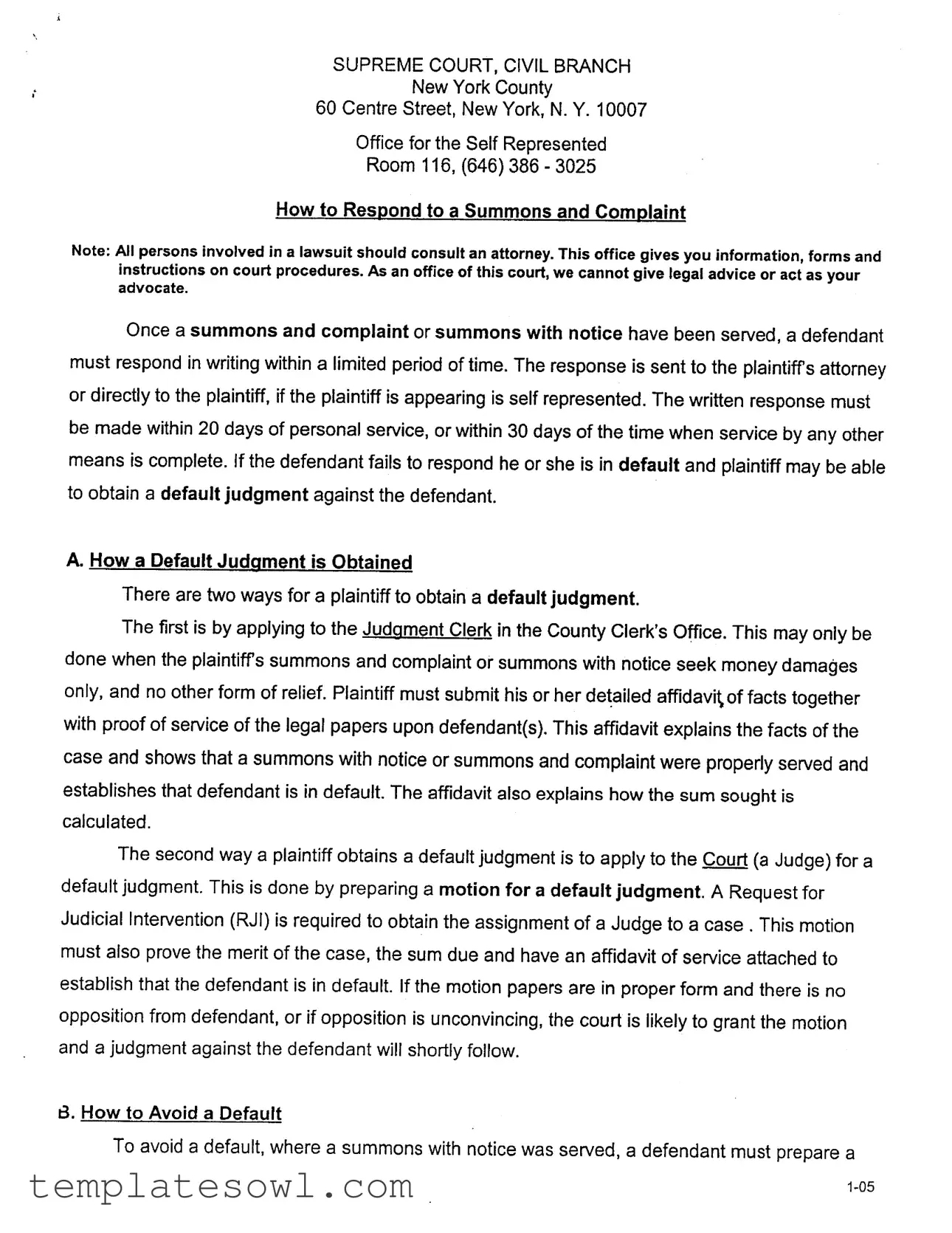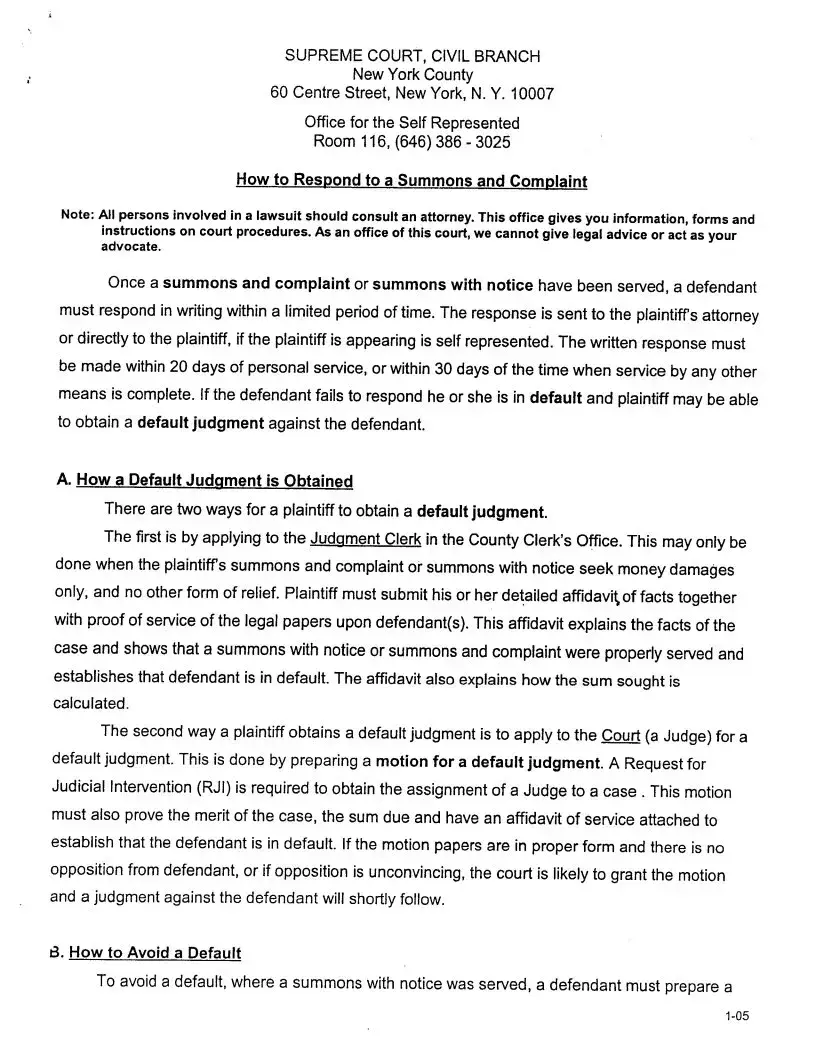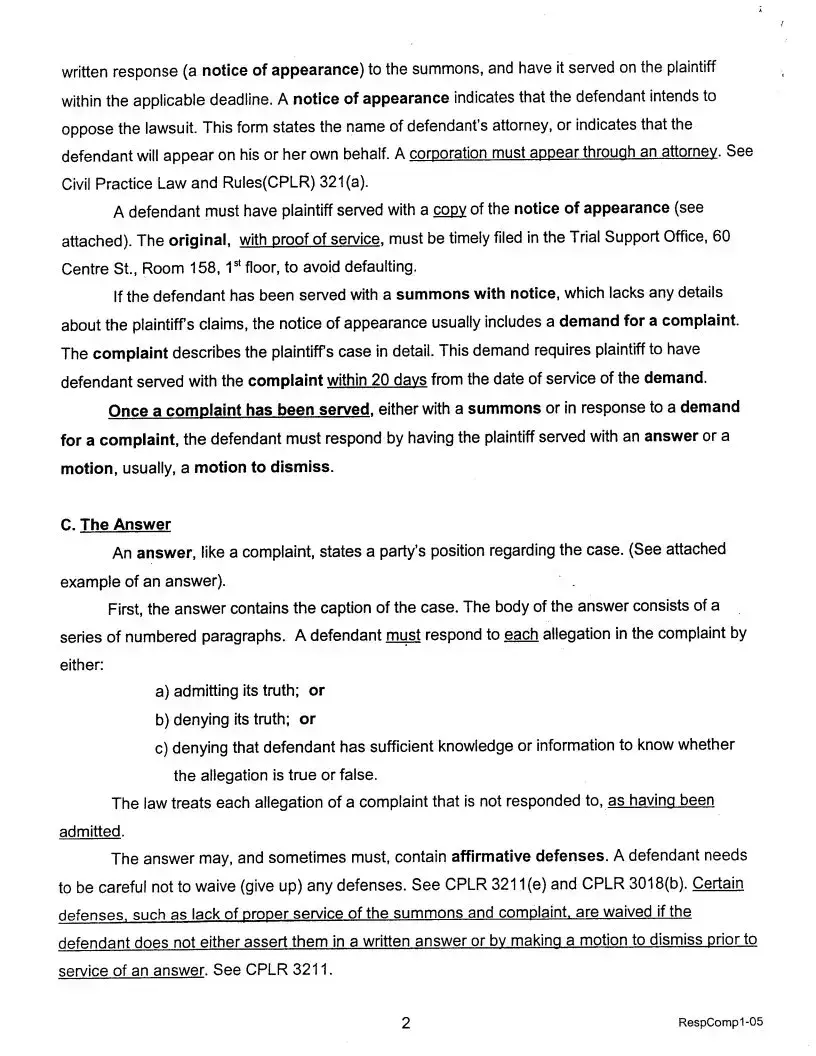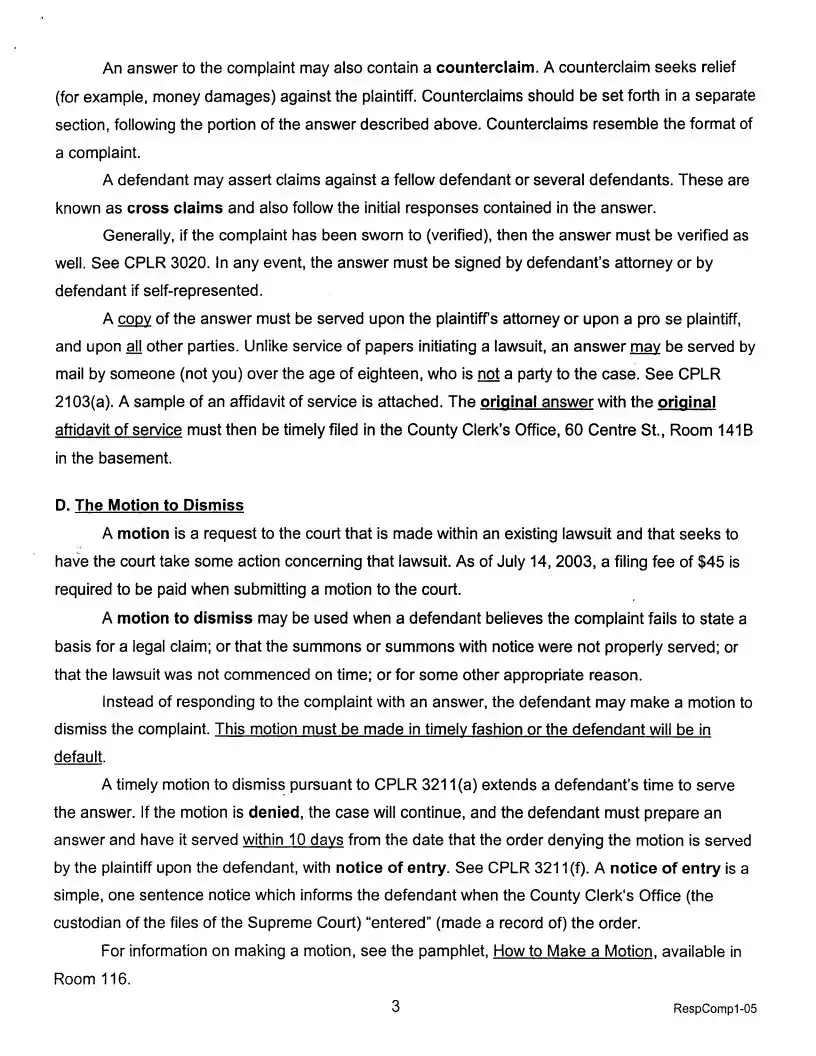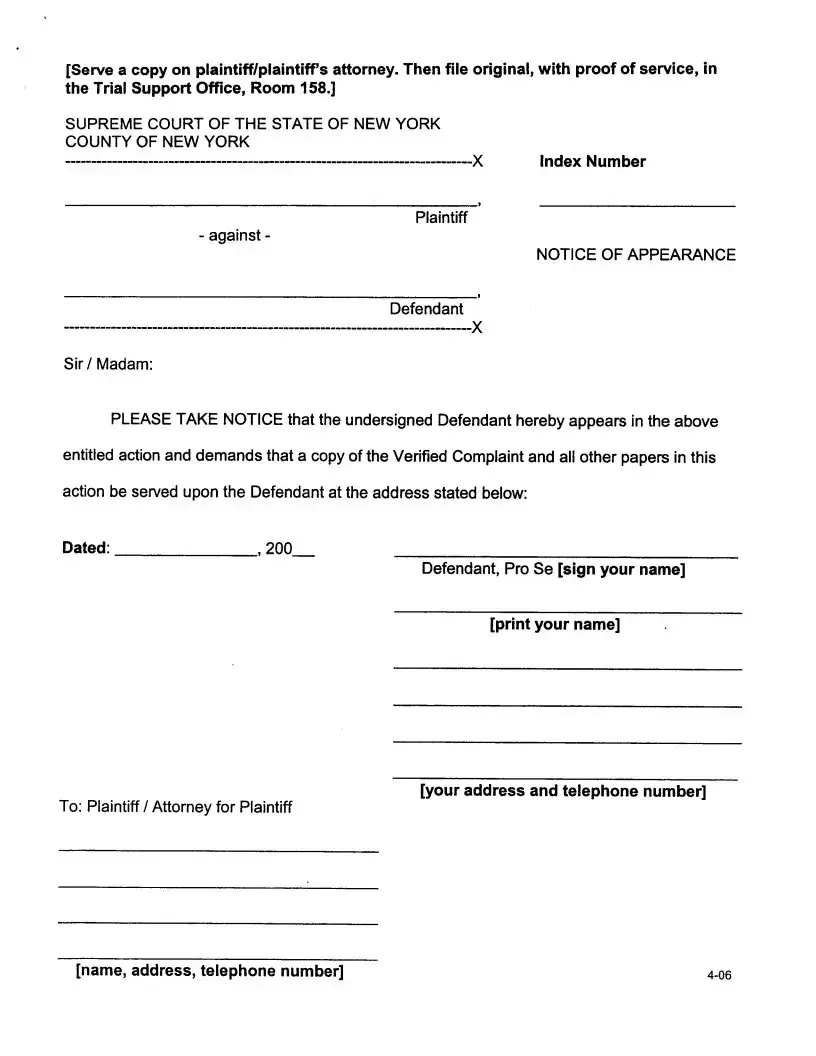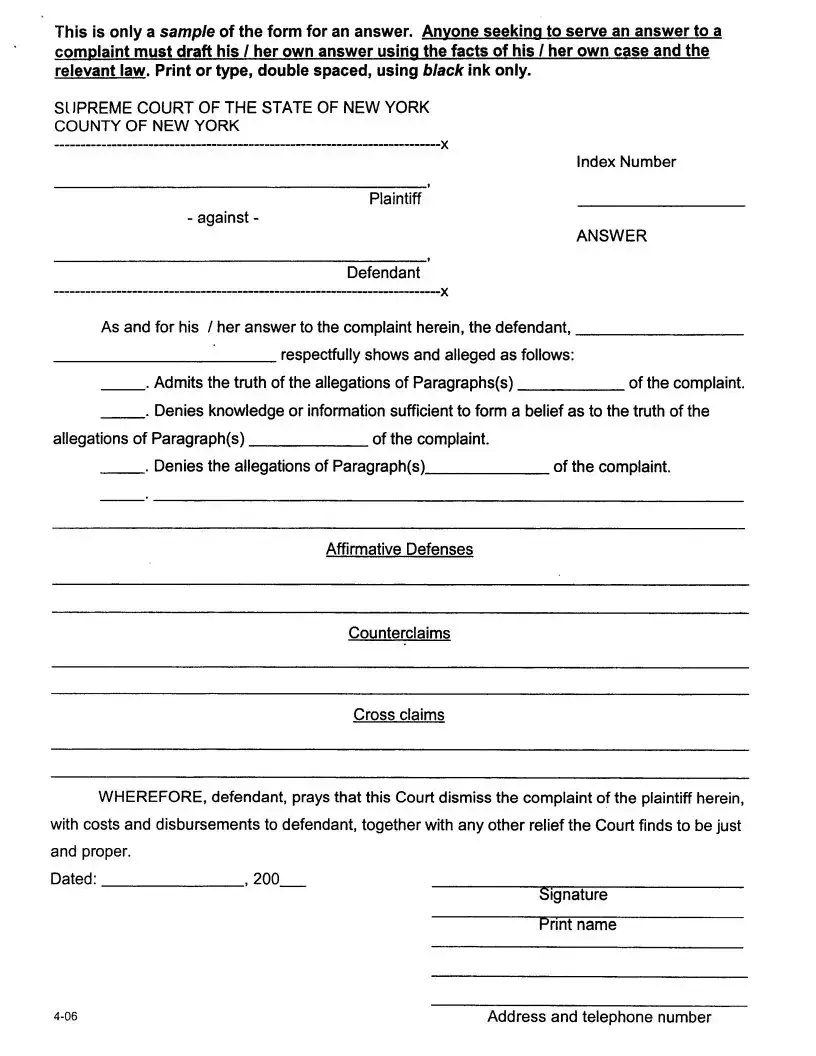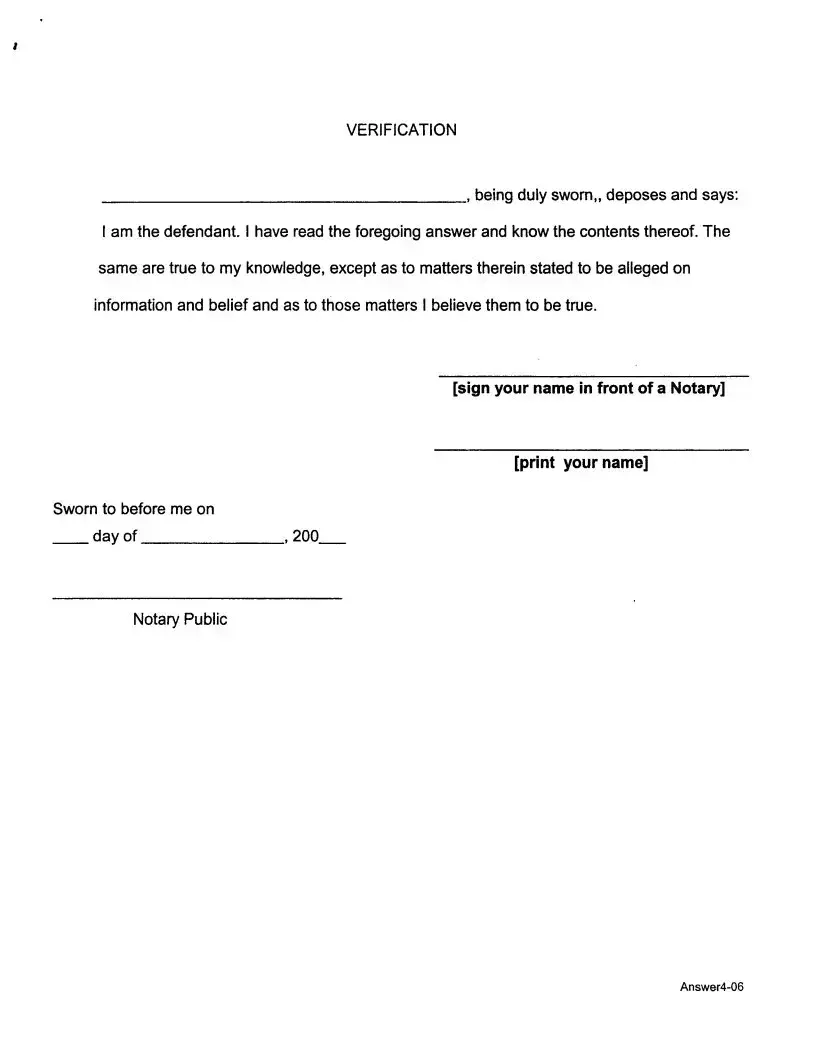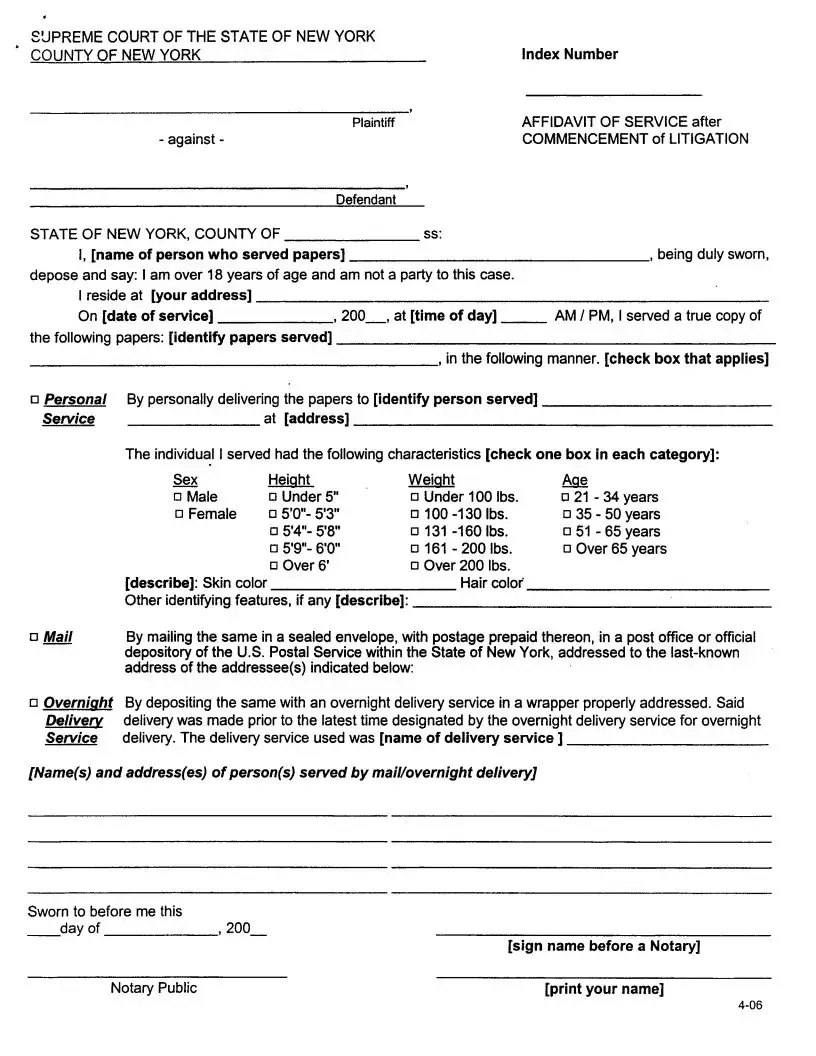What is a Response to a Summons form?
A Response to a Summons form is a legal document that a defendant must file after being served with a summons and complaint. This response indicates the defendant's intention to contest the lawsuit. It is essential to submit this document within the specified timeframe—either 20 days if served personally or 30 days if served by another method. Failing to respond can lead to a default judgment against the defendant.
What happens if I do not respond to the summons?
If a defendant does not respond to a summons, they may be considered "in default." This means that the plaintiff can seek a default judgment, which could result in the court granting the plaintiff whatever they requested in their initial complaint, such as monetary compensation. This highlights the importance of submitting a timely response to avoid unfavorable outcomes.
How do I prepare a Response to a Summons?
To prepare a Response, you should begin by clearly stating your position regarding the allegations made by the plaintiff. The response should include your name, address, and the case caption at the top. Then, address each allegation in the complaint by either admitting the truth of the allegation, denying it, or stating that you do not have enough information to respond. Don’t forget to include any affirmative defenses you may wish to assert. After completing the form, make sure it is served on the plaintiff and filed with the court within the specified deadlines.
What is a notice of appearance?
A notice of appearance is a specific type of response that informs the court and the plaintiff of the defendant's intention to appear in the lawsuit. It indicates whether the defendant will be represented by an attorney or will represent themselves. Corporations must be represented by an attorney in these cases. This notice must be served on the plaintiff and filed at the court to prevent a default judgment.
What if I want more information about the plaintiff's claims?
If you have been served with a summons that lacks details about the plaintiff's claims, you can file a notice of appearance that demands a complaint. The plaintiff is then required to serve you with a formal complaint within 20 days after your demand. This complaint will provide the necessary details about the plaintiff's case, allowing you to prepare a more informed response.
What are affirmative defenses, and why are they important?
Affirmative defenses are legal arguments that prevent the plaintiff from winning the case, even if their allegations are true. These defenses must be included in your answer; otherwise, you might give up the right to assert them later. Common affirmative defenses include lack of jurisdiction or improper service of the summons and complaint. It’s crucial to consider these defenses carefully to protect your legal rights effectively.
